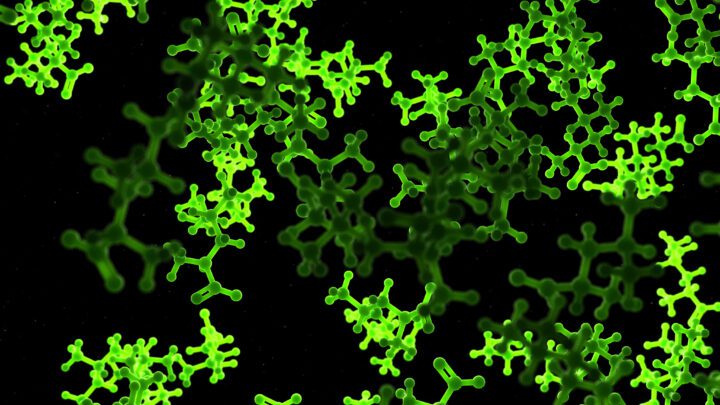Electronic material from Simon Fraser University is made of a wood-derived cellulose that enables electronic devices to be recycled at the end of their usable lives.
Benefits
- Biocompatible
- Reduced costs
- Reduced waste
Applications
- Optics
- Consumer goods
- 3D Printing
UN Sustainable Development Goals Addressed
-

Goal 9: Industry Innovation & Infrastructure
Bioutilization
- Cellulose
The Challenge
Electronic waste, called e-waste, is often classified as hazardous because it contains toxins that are harmful to both humans and the environment. When the components from old devices cannot be recycled for use in new electronics, it is nearly impossible to eliminate the harmful chemicals that eventually leach into the ground or the atmosphere.
Innovation Details
The material is a wood-derived that can replace plastics used in manufacturing electronics. The material can be 3D-printed to form devices such as circuit boards. When the device reaches the end of its lifetime, the material can be recycled or naturally broken down without contaminating the environment.
Biomimicry Story
Plant matter is mainly made up of cellulose, hemicellulose, and lignin. Cellulose makes up 30 to 90 percent of a plant; it gives plants their structure. Cellulose is lightweight but has a high strength to weight ratio, making it strong and durable. Cellulose can be broken down into small components called nanocrystals. Nanocrystals are strong and have low thermal conductivity.





